Teaching the New Tools of Monetary Policy
Resources for teaching the Fed's monetary policy tools in an ample-reserves framework.
{{searchResultSnippet}}
 Back to All
Back to All
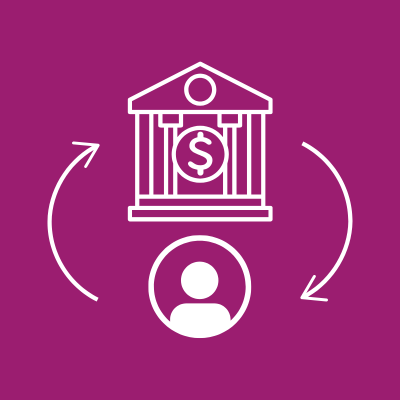
This video assignment describes how the Monetary Control Act of 1980 significantly changed the way the Fed provides services to the nation's financial institutions.
The 1980s and 1990s were a time of deregulation. Which means exactly what it sounds like. The government ended some financial regulations that had been around for a long time. For instance... For instance, banks had been restricted as to the amount of interest they could pay on deposits. Now, those restrictions were lifted. Also, they could open branches in other states. The Depository Institution's Deregulation and Monetary Control Act of 1980 required the Fed to provide discount window loans as well as check clearing and other payment services to all depository institutions, not just those banks that were members of the Federal Reserve. The Fed had to charge for those services and compete in the market with other firms that provide those services. The act also required all depository institutions above a certain size to hold money in reserve accounts at the Fed. The same period also saw the repeal of the law that had separated commercial banking from investment banking and insurance activities. And in the last couple of decades, the Fed's payments system has been transformed by technology. So, a lot of money doesn't always move around exactly the way it used to. People now make many more payments electronically. One effect of this is that people use many fewer checks, so the Fed has significantly shrunk its check clearing operations. New technologies are also incorporated into our paper currency with security features that are easy to use, but hard to counterfeit. The Fed, the US Treasury, and the US Secret Service work together to redesign Federal Reserve Notes with security features such as color shifting ink and embedded security threats. The Fed uses technology to increase efficiency and to avoid problems that may arise in our nation's payments system. Our mission remains the same, our dual mandate of stable prices and low unemployment and making sure that the financial system is safe and sound. However, how we do that is constantly changing because our world is constantly changing due to a variety of forces, most notably technology. The Fed has embraced technology in a major way to become more efficient and more effective in delivering on its mission.

Teaching the New Tools of Monetary Policy
Resources for teaching the Fed's monetary policy tools in an ample-reserves framework.
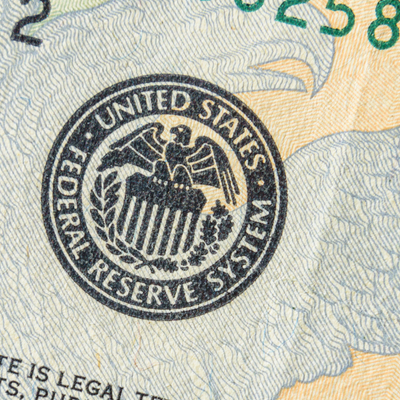
Making Sense of the Federal Reserve
Introduce the structure of the Federal Reserve and the basics of monetary policy.
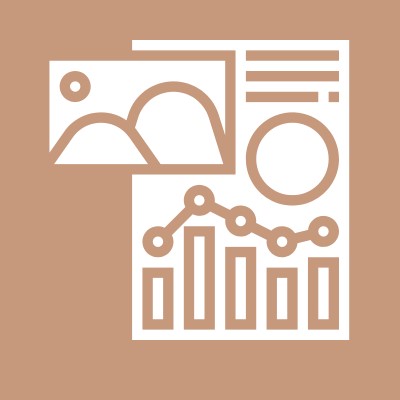
Fiscal & Monetary Policy
Define fiscal and monetary policy and highlight their differences.

What Happens When the Federal Reserve Raises Interest Rates?
Demonstrate how a change in the target range for the federal funds rate transmits through the economy.
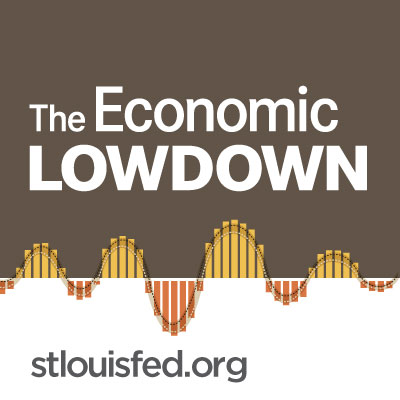
Econ Lowdown Podcast Series
21 Economics audio assignments for your classroom

Jargon Alert: Helicopter Money
Learn about a tool to stimulate economies and fight deflationary pressures.
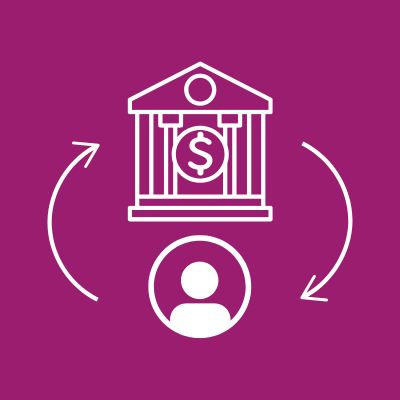
Central Banking
Learn the basics parts a central bank.

Creation of the Federal Reserve
Learn about banking panics, recessions, and depressions in the U.S. during the 1800s.

Inflation, Deflation, and Disinflation
Learn the differences between inflation, deflation, and disinflation.

Inflation, the Fed, and You
Learn what causes inflation.

Introduction to the Federal Reserve
Introduce the Fed’s three main functions.

Monetary Policy Fed and You
See how the Fed conducts monetary policy.

Money Versus Barter
Learn how money solves problems created by barter systems.

Price Stability
Learn the importance of price stability.

Stagflation in the 1970s
How did Federal Reserve Chairman Paul Volcker contain inflation, spurred economic growth, and reduced unemployment?

Structure of the Federal Reserve
Learn about the Board of Governors, the Reserve Banks, and the FOMC.
{{resourceTitle}}
{{resourceBlurb}}